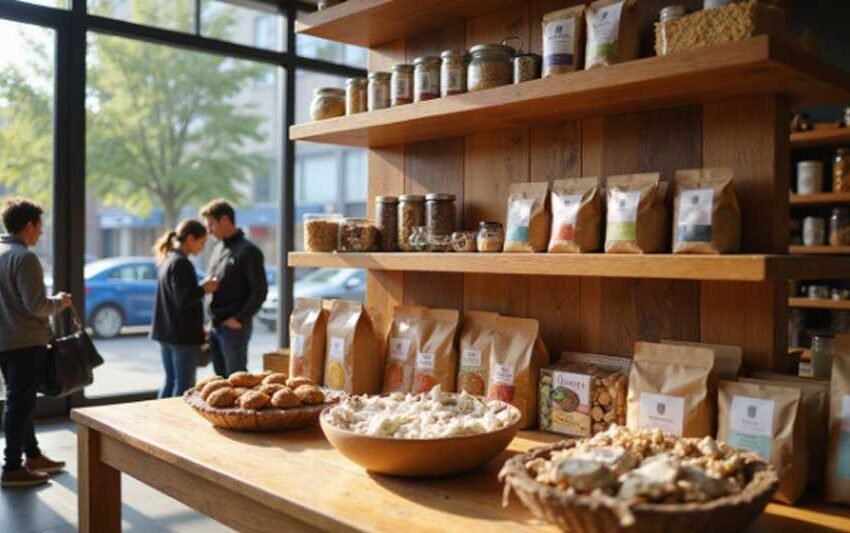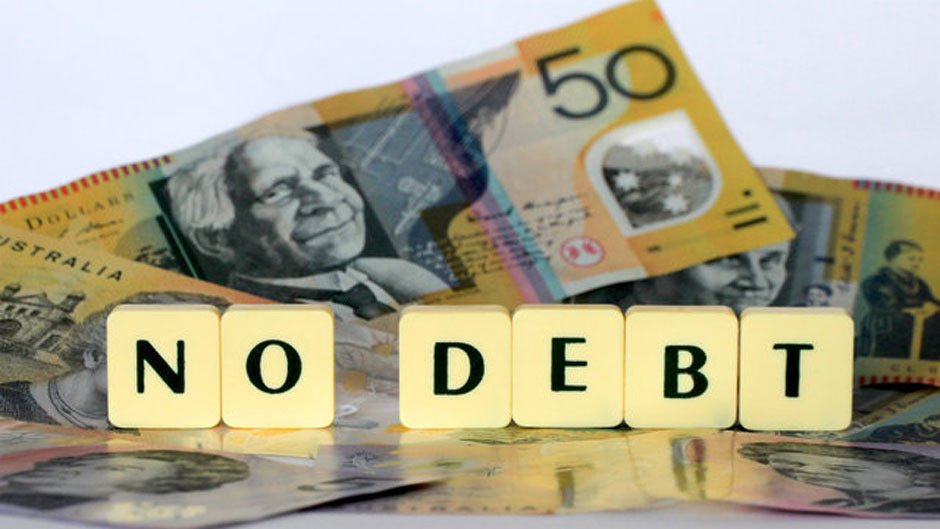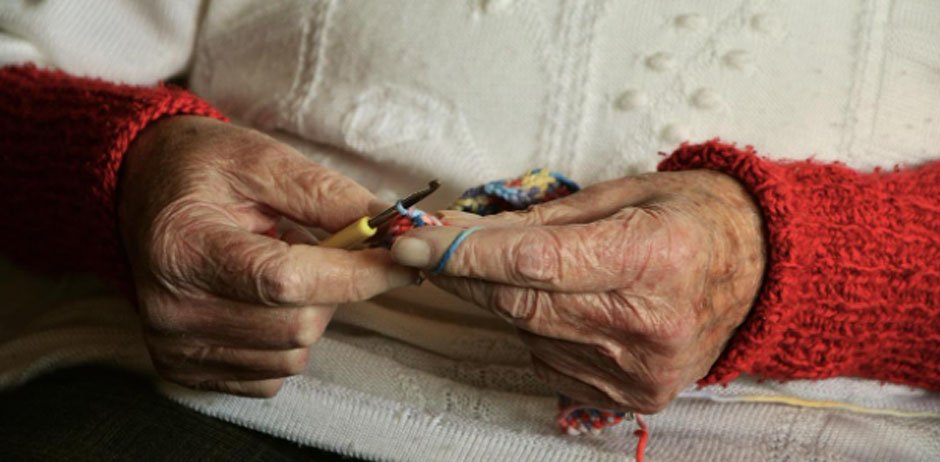Visual Merchandising Essentials Every Retailer Should Know

Many store owners struggle to catch a shopper’s eye and keep them in the store. Studies show that shoppers decide if they want to stay in just a few seconds. This guide will give you simple tips on retail design, product displays, and customer engagement.
Keep reading to learn how good visual merchandising can boost your sales.
What is Visual Merchandising?
Visual merchandising uses design and layout to boost sales and improve the shopping experience. Retailers arrange product displays, store layouts, lighting, and color schemes to catch shoppers’ attention.
These visual strategies guide customers through the store and help them find what they need quickly. Good retail design also strengthens brand presentation and can set one shop apart from another. Retailers use merchandising techniques like organized shelves, clear signage, and appealing window displays.
Color psychology also plays a role; warm colors often make products feel more inviting. Lighting design highlights key items or special offers right as customers walk in the door. First impressions matter most when shoppers enter any space filled with options; discover how that impacts buying choices next.
The Importance of First Impressions
A shopper decides in less than seven seconds if they want to enter a store. A strong first impression can boost foot traffic and sales right away. Store layout, displays, lighting design, and color theory shape the atmosphere as soon as customers step inside. Clean windows, tidy entrances, and eye-catching retail displays draw people in off the street. Studies show that over 90% of shoppers say good visual appeal influences where they shop.
A well-designed product display at the entrance encourages customer engagement from the start. Color psychology plays a key role; warm colors like red or orange often grab attention more quickly than cool tones.
Retailers like Apple use bright lights and neat lines to showcase new products and make their stores look modern and inviting. Strong brand presentation through clear signage helps customers know what to expect before they begin shopping. This sets up a positive customer experience that supports both sales strategies and long-term loyalty.
Key Elements of Visual Merchandising
Small touches in your retail design can change how shoppers feel and shop, so keep reading to find ways to boost your store’s visual appeal.
Store Layout and Navigation
A good store layout guides shoppers through the space with ease. Clear walkways, simple signs, and logical product placement help customers find what they need fast. Studies show that 80% of sales come from products found within arm’s reach on main paths.
Placing popular items in high-traffic areas boosts customer engagement and drives more impulse buys.
Open aisles make the shopping experience comfortable. Bright lighting and clean lines highlight key displays and encourage movement throughout the store. Retailers like Target use a grid layout to keep traffic flowing smoothly while supporting browsing behavior. Using these proven retail design techniques improves both the shopping experience and sales optimization for any store size or type.
Lighting and Color Schemes
Good lighting helps products stand out and makes the store layout easy to see. LED lighting can cut energy costs by up to 30 percent compared to old bulbs. Warm white lights work well for clothing stores, while bright white lights create a clean look in tech shops. Accent lights draw attention to special product displays and increase customer engagement.
Color schemes affect shopper mood and behavior. Blue often creates calm feelings, while red encourages action and excitement. Retailers use color psychology as part of their visual merchandising techniques to match brand presentation with customer experience goals. Choosing the right colors builds a stronger brand identity and improves sales optimization efforts.
Product Displays and Signage
Product displays can boost sales by up to 20% if placed in high-traffic areas. Clear and creative setups grab customer attention fast. Place best-selling items at eye level for easy reach.
Group similar products to encourage bigger purchases. Use bright signs with simple words to guide shoppers and share deals. Dana Industries Shelf Talkers are a great example of how signage can be both visually appealing and strategically effective in highlighting promotions or key products. Digital signage lets you update promotions in seconds, saving time.
Strong branding on signs helps customers associate your store with positive experiences. Change displays often to keep the shopping experience fresh and exciting. Your product display is your silent salesperson.
Creating a Visual Merchandising Strategy
You need a clear plan to make your store stand out. Strong visuals can boost sales and draw more shoppers inside. Updating business interiors with cohesive displays, strategic lighting, and modern signage ensures your retail space stays fresh, inviting, and aligned with current shopper expectations.
Understanding Your Target Customer
Retailers must know who shops in their stores. Study customer age, shopping habits, and style choices. For example, if most shoppers are young adults, use bold colors and modern product displays to catch their eye. Keep track of what customers buy most often. Use this data to plan the best store layout and choose the right visual strategies.
Focus on creating a shopping experience that matches your target customer’s needs. A family-focused store can add wide aisles for strollers or play areas for kids, while a trendy fashion shop might use bright lighting design with stylish signs instead..
Crafting a Cohesive Theme
A cohesive theme helps shoppers connect with your store’s brand. Use matching colors, signs, and styles across all product displays. For example, if you use blue and white in one area, repeat those colors throughout the store layout for strong visual appeal. Popular brands like Target use a red color theme to create unity in their retail design.
Select lighting that fits your chosen style. Soft lighting sets an inviting mood; brighter lights work well for active or modern themes. Make sure every fixture and decor item matches your main idea so customers feel the same mood from entrance to checkout. Whether you’re designing cosmetics counters or arranging jewelry display cases, consistent styling strengthens your overall brand experience. This approach supports customer engagement by making the shopping experience clear and attractive at every step.
Leveraging Technology in Visual Merchandising
Technology can make your store displays more fun and eye-catching. Smart tools help you see what works best for your customers.
Digital Signage and Interactive Displays
Digital signage grabs attention with bright screens and moving graphics. Retailers use these displays to show sales, new products, or brand stories right in the store. Interactive displays let customers touch screens to find more information, check prices, or even place orders. Retail stores like Best Buy and Target have used interactive product demos that increase customer engagement by up to 30 percent.
Bright digital signs often boost foot traffic and lift sales by as much as 15 percent. These tools help shoppers make quick choices and keep the shopping experience fresh and fun. Digital signage can match colors for different promotions so the store keeps a strong visual appeal. Using this technology supports better product placement and connects well with younger shoppers who expect fast access to information.
Analytics for Measuring Effectiveness
Analytics tools help retailers track how customers move through a store layout. Systems like heat maps show which product displays get the most attention and which parts of the store stay quiet. Retailers use sales data to see which merchandising techniques increase customer engagement and drive purchases.
Sensors and smart cameras record foot traffic patterns by time of day, so managers can adjust lighting design or product placement for better results. Many shops use in-store marketing software to test color schemes and signage effectiveness side-by-side.
These strategies work with retail strategy to boost visual appeal and improve the shopping experience. Using technology links directly into new methods like digital signage, making stores even more interactive.
Conclusion
Great visual merchandising can help any store stand out. Use smart layouts, lighting, and color to grab attention. Show off your products in a way that excites shoppers. Small changes can boost sales and make shopping fun. Your store will shine with the right merchandising techniques.





